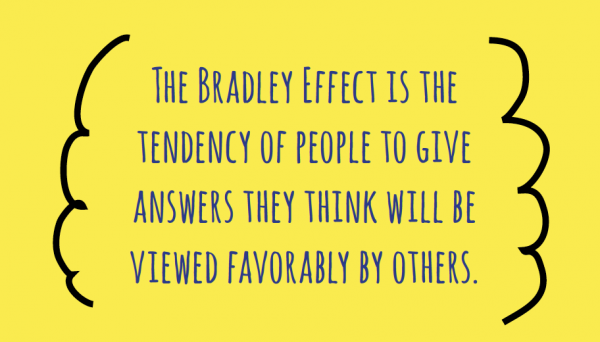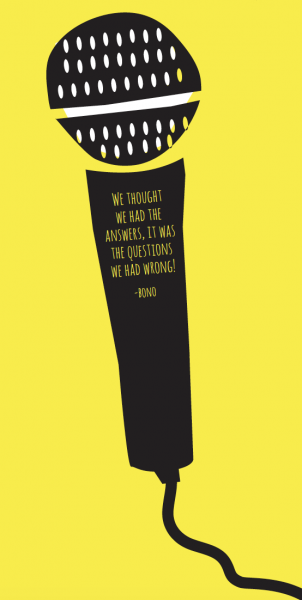How to Avoid the Right Answers to the Wrong Questions
The internationally acclaimed venture capitalist, businessman, philanthropist, songwriter and musician, Bono, once famously lamented, “We thought we had the answers, it was the questions we had wrong!”
Every business strives to decode what their customers and potential customers want and how best to engage them. The challenge is to go beyond what they say to uncover what they really mean. And achieving that deep and nuanced understanding of the people we seek to influence begins by asking the right questions.
Most research – both quantitative and qualitative – employs direct questions. Such questions may lead to answers that are technically correct yet fail to provide the needed context to explain what shapes opinions or motivates behavior. Even more concerning, direct questions often lead to inaccurate or misleading responses.
Take for example last year’s Republican presidential primary campaign. Donald Trump consistently beat poll numbers in a number of states including Connecticut, Rhode Island, Maryland, Pennsylvania and Indiana by anywhere from 5 to 11 points. The disparity was attributed to the fact that some voters, when asked a direct question, simply didn’t want to admit they were supporting him.
 There is a classic theory called The Bradley Effect that explains this phenomenon. It’s the tendency of people to give answers they think will be viewed favorably by others. It dates back to when Tom Bradley who was mayor of Los Angeles ran to become the first African American governor of California in 1982. He was leading in all the polls but he lost. And political scientists speculated that many voters said they supported him because it felt like the politically correct response when in fact they were not actually comfortable voting for him.
There is a classic theory called The Bradley Effect that explains this phenomenon. It’s the tendency of people to give answers they think will be viewed favorably by others. It dates back to when Tom Bradley who was mayor of Los Angeles ran to become the first African American governor of California in 1982. He was leading in all the polls but he lost. And political scientists speculated that many voters said they supported him because it felt like the politically correct response when in fact they were not actually comfortable voting for him.

Too often a reliance on traditional research methodologies delivers predictable answers rather than critical insights. That’s because they employ direct questions that enable customers to couch their answers. Often answers to direct questions are either deliberately or subconsciously misleading because respondents:
- Give answers to make themselves look good or appear smart.
- Want to be seen as politically correct.
- Resist being candid about sensitive or potentially embarrassing topics.
- Aspire to be seen as helpful or to please the interviewer.
- Avoid candor that might jeopardize personal or professional relationships.
Circumventing these pitfalls requires going in through the back door with a disruptive approach that disarms those being interviewed by surprising them with provocative open-ended questions. When asked the unexpected, most individuals have no ready response, so their unplanned narratives are spontaneous and unfiltered. It leads to a conversation they hadn’t anticipated and, in the process, they unintentionally share the most authentic window into the emotional triggers that explain their actions.
Regardless of the sector in which you operate or the size of your organization, every business has issues. Taking a disruptive approach and going beyond what your customers say to uncover what they really mean will help you avoid the right answers to the wrong questions. And that’s the critical first step to crafting effective solutions.
About Linda Goodman
Linda Goodman, co-author of Why Customers Really Buy: Uncovering the Emotional Triggers that Drive Sales, is the principal of LG Associates, a research, marketing and strategy firm based in Connecticut. She is the nationally recognized pioneer of Emotional Trigger Research, a breakthrough methodology that combines in-depth one-on-one interviews with provocative open-ended questions to transcend what customers say to the far deeper level of what they really mean.


